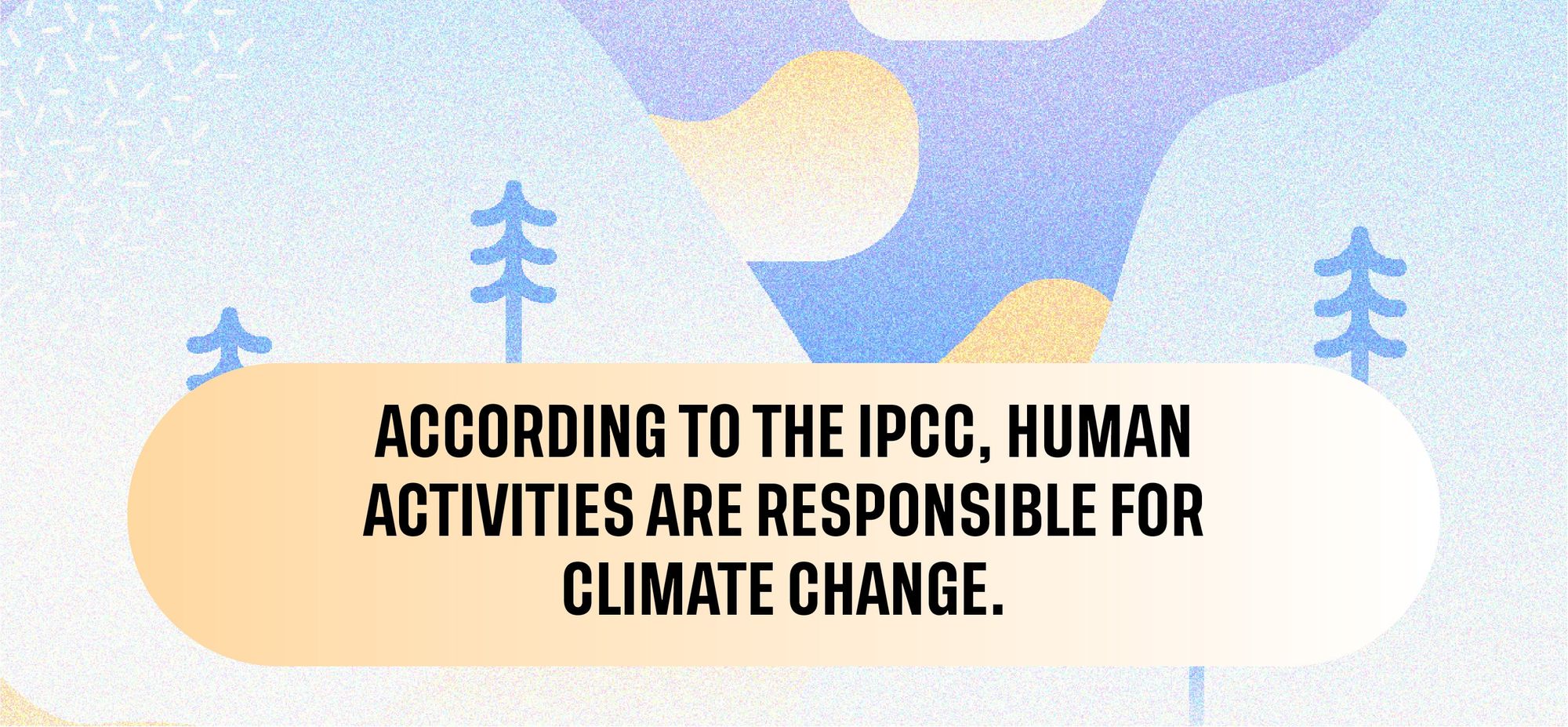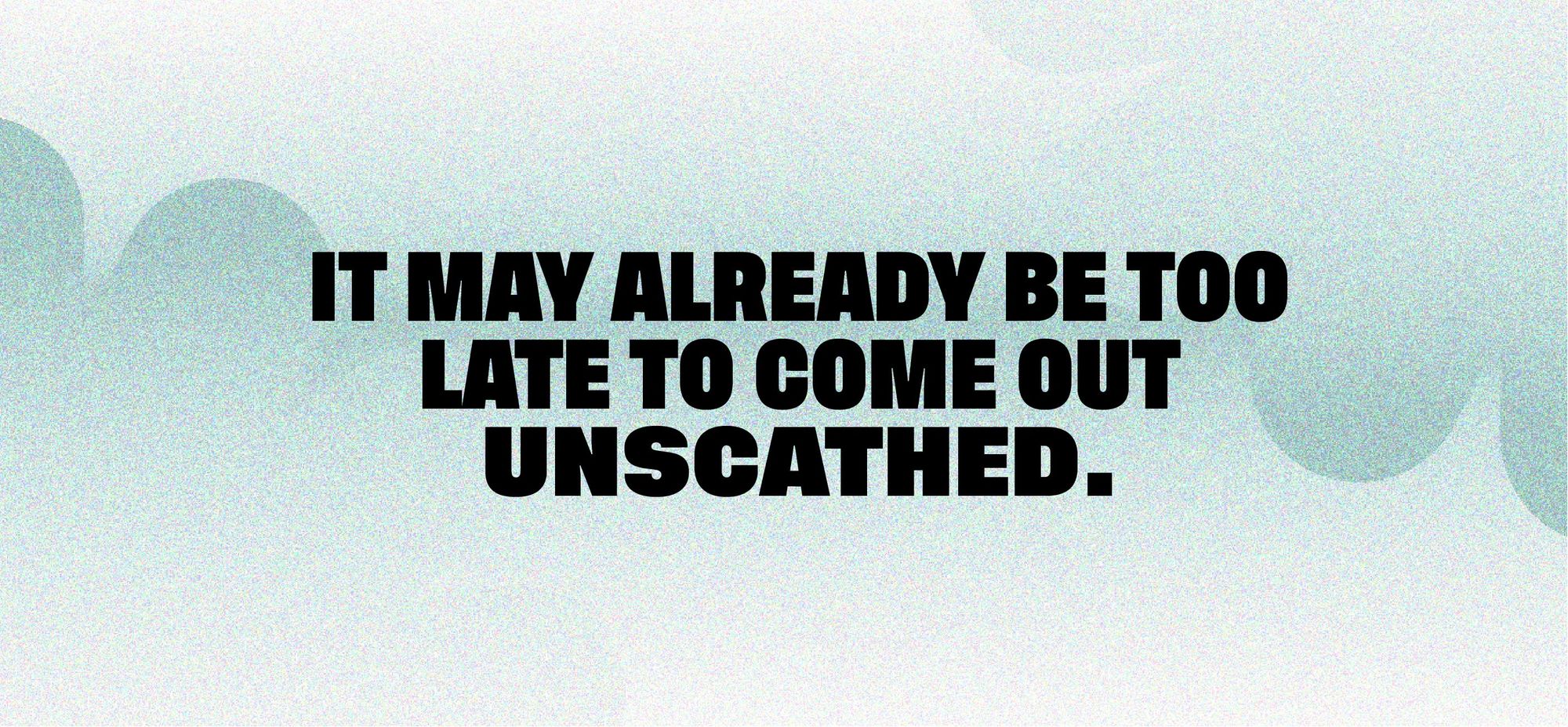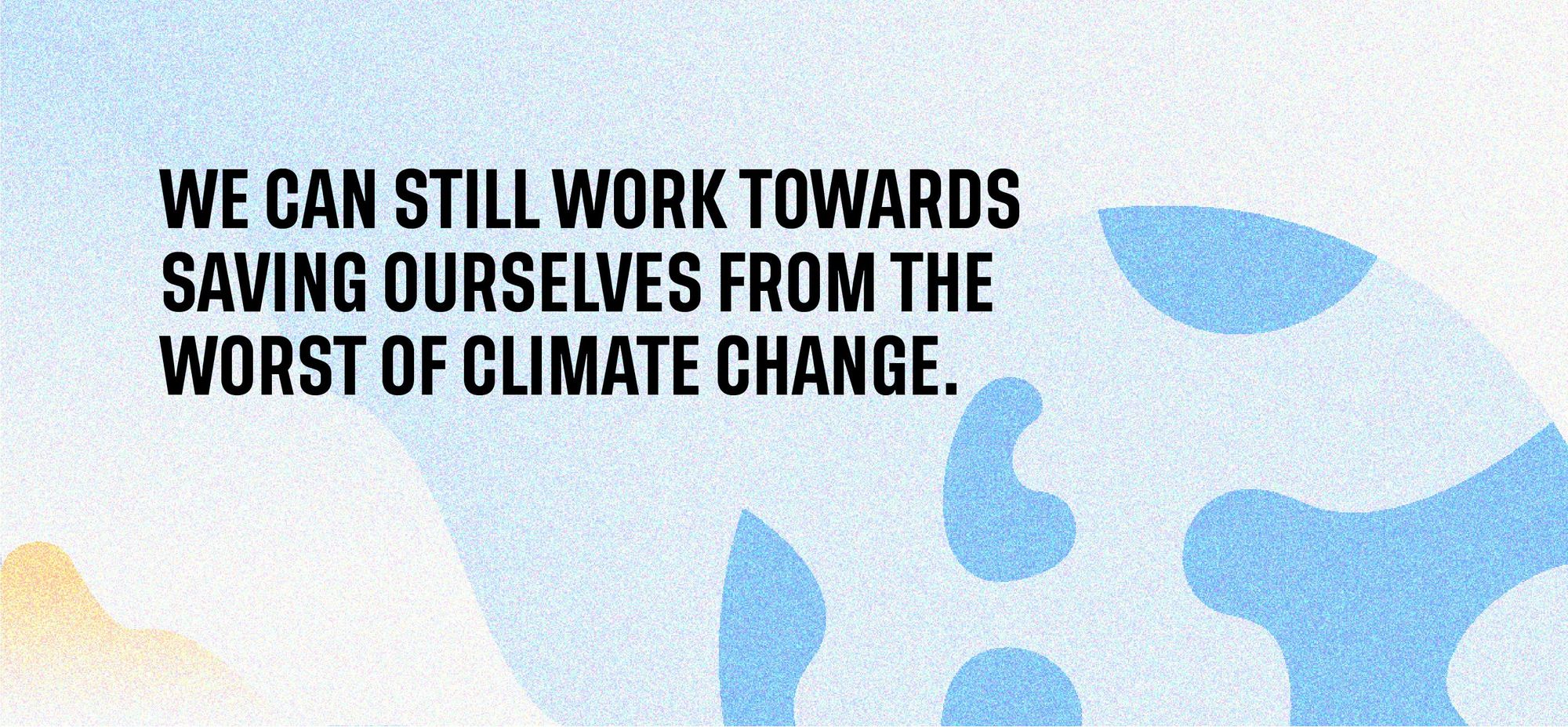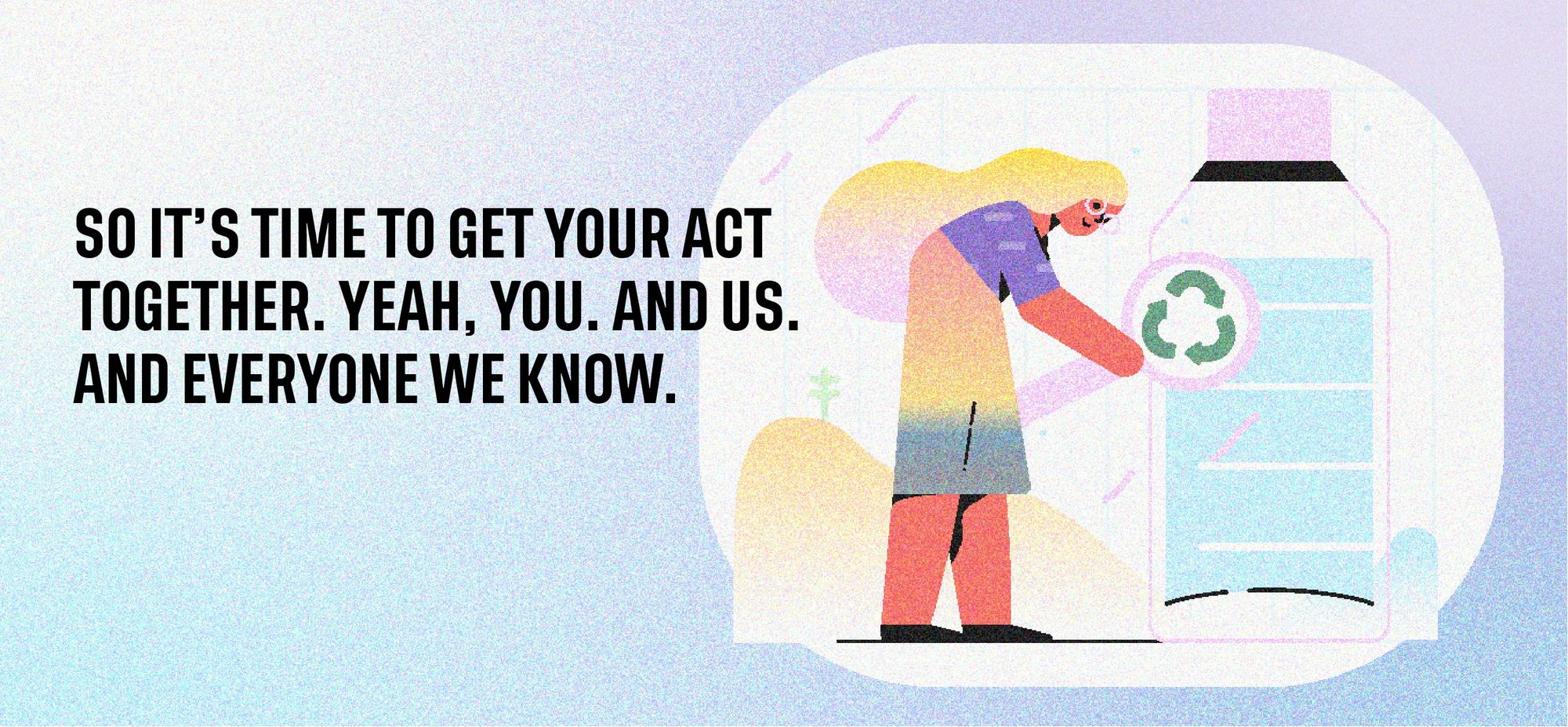Three Things We Learned From the IPCC Report
Parsing what could be the most important climate document of the last decade.
In August, the Intergovernmental Panel on Climate Change released their latest summary report on the state of our world’s climate, and by extension, how it is changing. As you probably expected, the news wasn’t good.This report spurred us to launch Code Red Mode, where we use a portion of our revenue to plant a tree every time you tap your Mogo Visa* Platinum Prepaid Card. More on that later.
The report is super dense, so we wanted to parse some of the key points that can inform how we think of the climate moving forward. In later blog posts, we’ll dive into the specifics of the report and how scientists believe our world will be impacted.
For today, though, we’re taking a broader look to get you acquainted.
What’s the IPCC?
The Intergovernmental Panel on Climate Change is a group of folks from United Nations member countries that get together to create bipartisan, globally relevant documents on climate change.
This body includes scientists and policymakers, and other industry leading professionals to carry out research and interpret data to arrive at conclusions of global importance.
All this is to say, the IPCC is an impartial group of experts that we can trust to be honest. Their only alignment is with the United Nations, which by definition is a group of folks working for global peace and human rights.
Here are the two big lessons we took from the IPCC.
Humans Caused Climate Change

Since the concept of climate change was first discussed, some people denied that it was caused by humans. They argued that the Earth naturally cycles through periods of climate instability.
But now, we can say for sure that this is not true.
In this report, the IPCC definitively states that the climate shifts bringing on extreme weather patterns and disastrous droughts, floods, fires, and sea level rise are caused by human activity.
The IPCC tracks that human activity has been having an impact on the climate since at least the 1850s, and the extent of those impacts are far reaching. Human activities create greenhouse gasses, which heat the earth’s atmosphere.
High levels of greenhouse gasses have led to the warming and acidification of oceans, melting ice caps, and sea level rise, which in tandem with warmer temperatures are creating extreme weather. That extreme weather makes it harder for us to live safely.
Here’s an excerpt from the report that demonstrates the IPCC’s certainty. This section speaks only about the health of the upper ocean.
“It is virtually certain that the global upper ocean (0–700 m) has warmed since the 1970s and extremely likely that human influence is the main driver. It is virtually certain that human-caused CO2 emissions are the main driver of current global acidification of the surface open ocean. There is high confidence that oxygen levels have dropped in many upper ocean regions since the mid-20th century, and medium confidence that human influence contributed to this drop.”
So. Yeah. We owe the oceans a bit of love, needless to say.
We Can Still Help Make a Difference

After the report came out, big questions arose: are we in imminent danger? Is our world going to end?
Global climate change has the power to make huge portions of our world uninhabitable. If we don’t take action and the worst case scenario materializes—yeah, it’s possible. Humanity could be changed forever.
Luckily, all hope is not lost. To be clear, some hope is lost, indeed—we are hurtling towards a hostile future and governments seem reluctant to make the changes we need. It may already be too late to come out unscathed.

Without those milestones, we’ll cruise past the last safe benchmark—a global warming of only 1.5 degrees celsius—before 2050. Yeah: within the span of one human lifetime, we have the power to help avert the worst of climate change, or basically seal the fate of humanity for generations to come.

So it’s time to get your act together. Yeah, you. And us. And everyone we know.
Spend Less and Plant Trees
Hear us out here. Obviously, we have a product to share with you because we designed this product in response to the IPCC report. It’s part of our Code Red Mode initiative, and it’s called the MogoCard.
The MogoCard is a spending card. It’s prepaid, so you load a specific amount of money, and then use it for your daily purchases. This does two things: it helps encourage you to consume less and it plants trees.
And planting trees? Yeah. Every time you tap your MogoCard and make a purchase, our planting partner veritree plants a tree on your behalf at no extra cost to you.
The global response to climate change needs to come from all sides, but this is one way we’re helping out. We challenge you to sign up for a free MogoCard today, and find other ways you can give back to the climate.
No time like the present! Let’s get to planting trees, friends.
| GET MY FREE MOGOCARD |
This blog is provided for informational purposes only.
*Trademark of Visa International Service Association and used under licence by Peoples Trust Company. Mogo Visa Platinum Prepaid Card is issued by Peoples Trust Company pursuant to licence by Visa Int. and is subject to Terms and Conditions, visit mogo.ca for full details. Your MogoCard balance is not insured by the Canada Deposit Insurance Corporation (CDIC). MogoCard means the Mogo Visa Platinum Prepaid Card.
1-Based on an online survey of active MogoCard users by Mogo Inc. conducted between July 13, 2021 and July 16, 2021, with 1,446 respondents to a combination of multiple choice and fillable text box questions. 91% of respondents agreed that the MogoCard can help them better control their spending. 66.5% of respondents reported that they were spending less on discretionary spending now that they were using the MogoCard, with respondents reporting that they believed to have an average savings of $201 per month (based on 902 respondents who specified an amount and excluding 60 respondents who did not specify any amount).